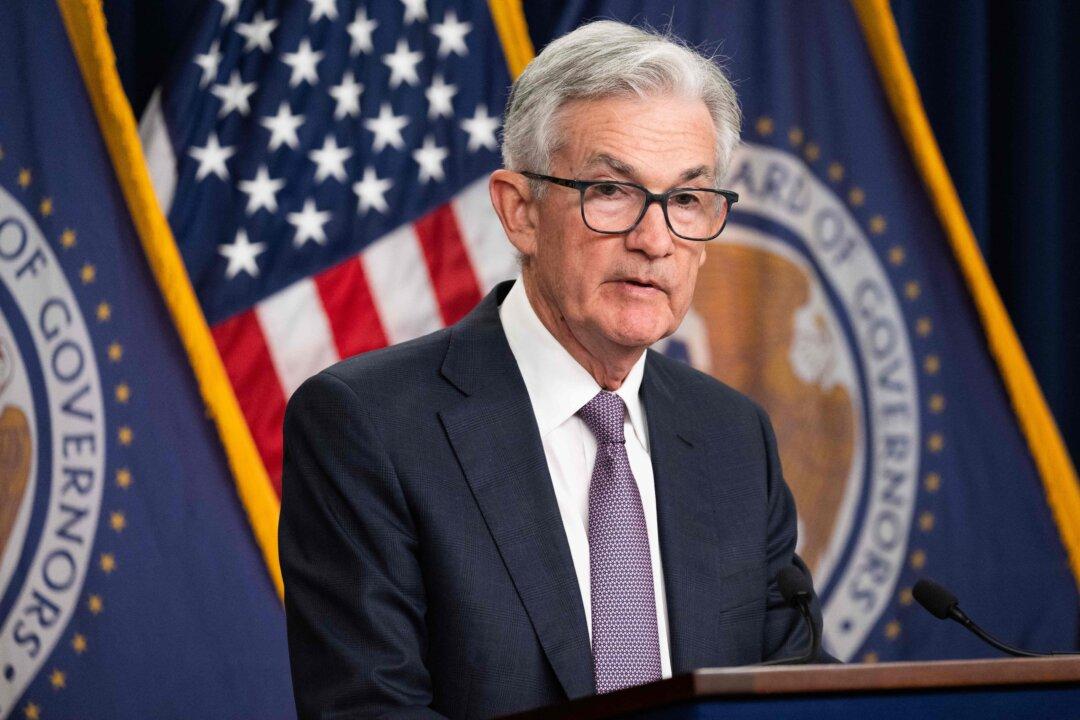The Federal Reserve raised the benchmark federal funds rate by 75 basis points to a target range of 3 percent to 3.25 percent on Sept. 21, matching market expectations. Fed officials indicated that further big increases were likely at two remaining meetings this year.
The Federal Open Market Committee (FOMC) has lifted its benchmark rate to its highest level since 2008, marking the committee’s third consecutive three-quarter-point increase.





